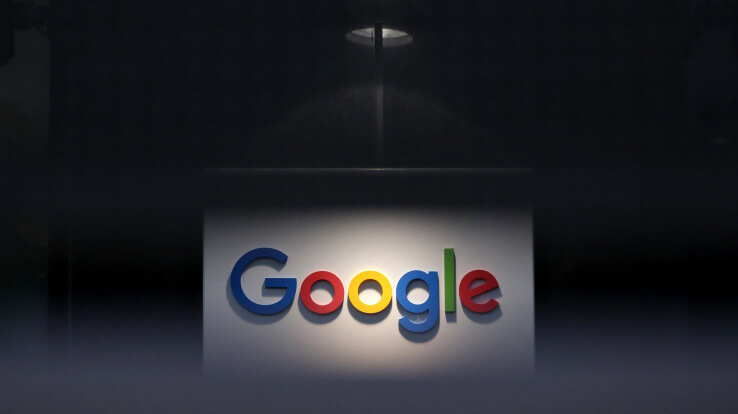For hotel marketers, there’s a major shift afoot: the transition to Google Analytics 4 (GA4).
NB: This is an article from Cendyn, one of our Expert Partners
The moment marks the beginning of an entirely new way to measure performance across websites and mobile devices, one that’s more private and adaptable. And yes: it really is that different! The transition is going to be difficult, as it’s not just the interface that’s changed.
Subscribe to our weekly newsletter and stay up to date
The entire product is evolving to keep up with our omni-channel times, focusing less on cookies and invasive trackers and more on holistic user journeys.
Here’s a quick explainer on Google Analytics 4, and how your hotel needs to prepare. It’s definitely a lot to tackle — which is why there’s no time like today to get started!
What’s GA4 – and why is it different?
Google Analytics 4 is the latest marketing measurement platform from Google. Its predecessor was Universal Analytics (UA), which relied heavily on cookies to track user behavior.
Since cookies have fallen out of favor due to evolving consumer data protections, the new platform changes the way that Google tracks user data. The changes make the platform more privacy-forward to both adhere to existing privacy regulations and the global trend towards increased consumer privacy protections.
These shifts result in a dramatic change in how the platform works — and how marketers interpret the resulting data. Gone are hits, pageviews and other metrics that have long been familiar to marketers.
Instead, GA4 focuses on user engagement by using “events” to track user behavior. It’s a major mindset shift, as marketers can choose any action to be an event — and then orient measurement around the entire user journey rather than just individual campaigns.
Why did they make these changes?
As hotel marketers are well aware, the traveler’s journey to conversion is rarely linear anymore. The average traveler moves across devices, platforms and channels on their path to purchase. Plus, the trend toward consumer data protections has made it much more difficult for Google to track users across their journeys.
So, just as these journeys increased in complexity, Google had fewer measurement levers. The company’s answer to this issue was creating events, which give marketers more granular control to define which moments are the most important to their conversion funnels.
With events, you’ll have a better understanding of the entire lifecycle so you can make real-time decisions about your marketing initiatives.
What’s the most important thing I need to do to prepare?
Since GA4 is an entirely new platform, which puts customers at the center of measurement rather than devices or channels, it requires a new installation.
On October 1, 2023, UA will be sunset permanently.
Unfortunately, this means that you’ll have to start fresh: no saved segments, no custom reports. It also means no historical data. So you want to run both UA and GA4 in parallel to ensure you’ll have some historical data when you’re ready to switch completely.
This means you also need to install GA4 ASAP to ensure you have as much data as possible before the UA is deprecated.
What happens to my existing data?
There’s no way to import your existing data into GA4. That makes this transition quite the change project! After you set up your GA4 tracking, turn your attention to downloading all relevant data from UA. It’s also important to store this data in the cloud or within another storage option that can handle the amount of data involved.





